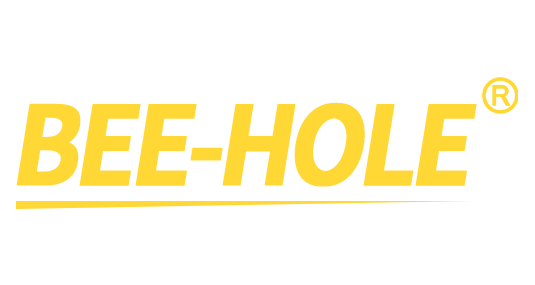Website optimization foundation construction
Website positioning
Establish the theme style positioning of the website, domain name positioning, and website navigation layout.
1. Theme positioning: Determine the type and color selection of the website, choose rare colors related to the industry but extraordinary.
2. Domain name positioning of the website: Choose industry-specific domain names, preferably in Pinyin, short and use Chinese Pinyin as much as possible.
3. Website layout navigation: Refer to excellent ranking websites for differentiation analysis, optimize the navigation layout of the website to facilitate user selection.
Basic optimization of the website
Optimize the basic optimization of the website, including 301 redirection, breadcrumb navigation, stable servers, pseudo-static path optimization, clarify the purpose of setting up columns, embed keywords, etc.
1. 301 redirection of the website: Ensure the unique path of the website, uniformly with or without www.
2. Breadcrumb navigation: Help users understand their current location, and also benefit the search engines in crawling the website.
3. Stable servers: Choose website servers from well-known brands to avoid frequent instances of the website being inaccessible.
4. Pseudo-static path optimization: Optimize the website path, recommend domain name + column + id.html ending format.
5. Clearly define the purpose of setting up a column: setting up a column with a clear goal facilitates content management and optimization.
6. Embedding keywords: embedding target keywords and long-tail keywords in the article helps to enhance optimization effectiveness.
Anchor text for backlinks
Cherish words, care for optimization, add core keyword links of your own website to improve optimization effectiveness.
External link construction
External links should be extensive, with a large quantity and high quality, avoiding links from overly single sources, and it is recommended to combine tools like Yitui Bao for optimization promotion.
On-site optimization
1. Titles should not be too obscure and should be easily retrieved by search engines.
2. Article content should have a certain degree of originality and can be published after testing.
3. Embed long-tail keywords and target keywords in the article.
4. Articles with both text and images are more favored by search engines.
Key points of keyword deployment:
1. Article titles and descriptions should include long-tail keywords.
2. Keywords should appear in the first and last two paragraphs of the text.
3. Keyword density should be controlled between 2% and 5%.
4. Include keywords in the Alt tags of images.
Conclusion
Operating and optimizing the website requires persistent efforts to achieve results. Strict self-discipline, continuous learning, and improvement are necessary to achieve better results in website optimization. You need to learn to shift your mindset, rather than sticking to the same methods.

